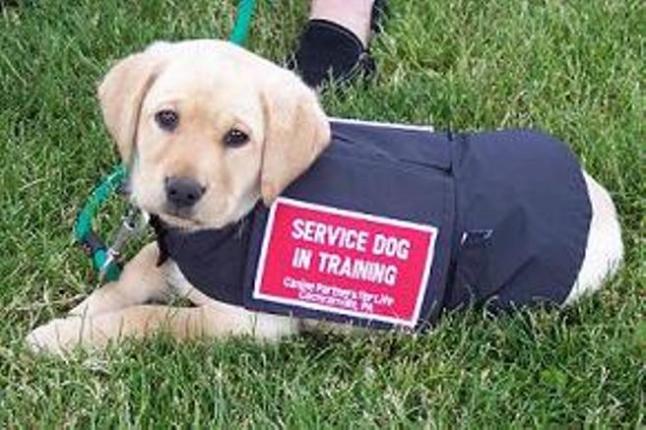Earlier this week on Facebook I had someone ask if dogs can get Obsessive Compulsive Disorder (OCD). The answer is yes, unfortunately they can. As a counselor I worked with human cases of OCD due to emotional trauma and as a dog trainer I have also worked with many dogs with OCD at varying points in the spectrum. I’ve worked with dogs that chase lights, lick their owners obessively, spin in repetitve circles, bite their tails to the point that they have to have them amputated. For both human and animal this disorder can contribute to serious health problems and dramatically affect quality of life.
Obsessive Compulsive Order in dogs is recognized and defined as a potentially dangerous medical condition in which a dog engages in normal canine activities in an abnormally, repetitive, frantic and self-destructive manner – sometimes to the point of self-mutilation. Many dogs that develop OCD come from stressful environments, such as puppy mills. In others they have found that genetics plays a role. Experts have come to a consensus that affected animals should not be bred because of this genetic connection.
When clients come to me with a dog who they think has OCD one of the very first things I have them do before I come in for my consult is to take their dog and have him/her checked by their veterinarian. Diagnosing OCD involves ruling out other conditions, including diseases and other medical disorders that could contribute to the observed obsessive behaviors. The person who asked about OCD on Facebook reported that their dog always cried when she ate then would lick her leg repetitively afterward. I worked as a veterinary assistant for 7 years and saw quite a few autoimmune diseases that were very similar to what she was describing. So I recommended that she take her dog in to her veterinarian for a full work up before labeling OCD.
If you have taken your dog into the veterinarian and received the diagnosis of Obsessive Compulsive Disorder it is time to call a trainer. First a trainer will have you ensure that you have eliminated all of the environmental triggers that you can. Pet owners will then need to work very closely with their dogs veterinarian and the dog trainer since every dog is different. Different methods will be used to try and decrease and/or eliminate the behavior. However, in some dogs OCD will be a life long challenge, but the intensity can always be reduced. Some dogs respond well to distractions, others to an increase in an exercise routine, some respond better to alternative treatments such as acupuncture, herbal remedies, massage, etc. Also, some OCD dogs do much better if they are given a job such as a agility, fly ball, obedience, nose work, etc. I provide my clients with contact information for local trainers who offer these services while working in conjunction with me and their veterinarian. Dogs should never be punished for engaging in the behavior, this can actually exacerbate the symptoms and interfere with the dogs ability to learn new non-ritualistic behaviors successfully.
In some cases dogs with OCD will benefit from medications. In most cases the use of these drugs when combined with behavioral modification can be short term. Often times the use of medication depends on the intensity of the behavior. The dog that was chewing his tail off required both medication and behavioral intervention. Today he is doing quite well. He no longer takes medication, he occasionally attacks his tail but can be easily redirected to a more appropriate behavior.
As for the dog on Facebook I’m still waiting to hear what the final diagnosis is, but I am so glad she asked if dogs can get OCD because whether it is an autoimmune issue or OCD the sooner treatments are started the better the prognosis.
NOTE: OCD is a term in the veterinary world that also refers to a condition called osteochondritis dissecans. This is a completely different diagnosis from Obsessive-compulsive disorder.




